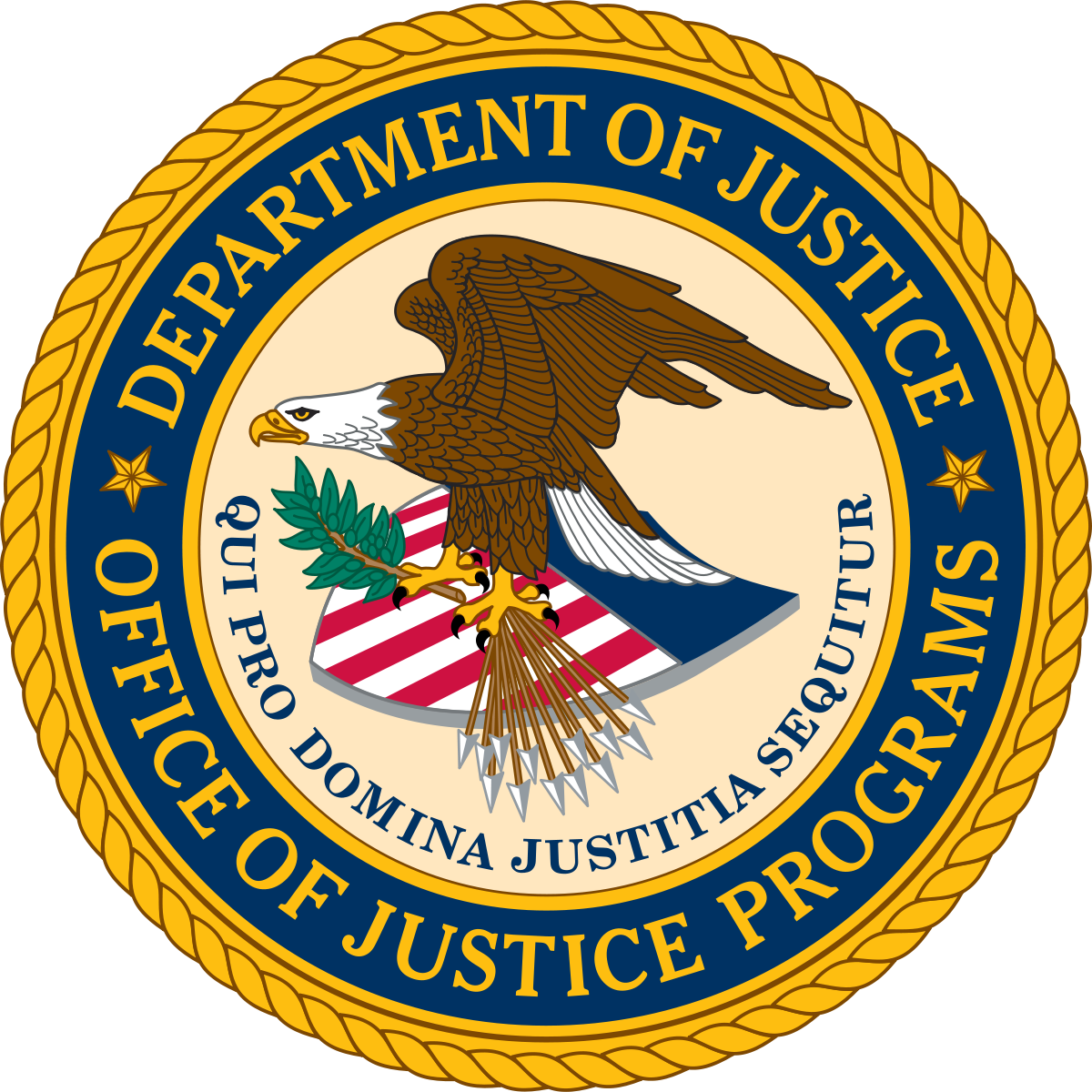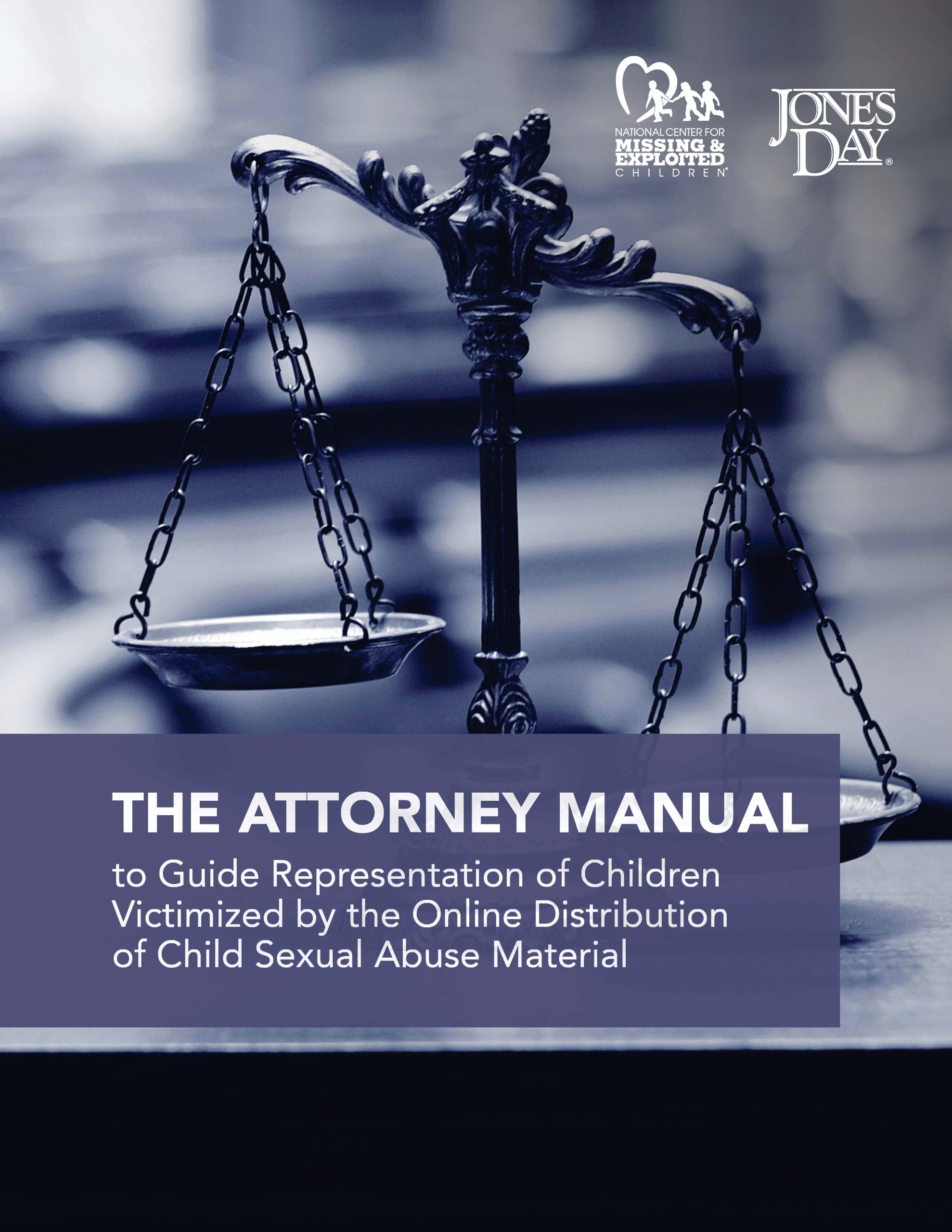The term “child sexual abuse accommodation syndrome” (CSAAS) was initially coined by psychiatrist Roland Summit in 1983 in an effort to understand the various ways children react to sexual abuse. From an evidentiary perspective, not all states recognize CSAAS as … Read More
Child Sexual Abuse

Extraterritorial Child Sexual Abuse
Extraterritorial child sexual abuse, often misleadingly referred to as “child sex tourism,” involves United States citizens or lawful permanent resident aliens who either: 1) travel to a foreign country with a motivating purpose of engaging in any “illicit sexual conduct” … Read More

Child Sexual Abuse Material
Federal law prohibits the production, advertisement, transportation, distribution, receipt, sale, access with intent to view, and possession of child sexual abuse material (CSAM). Underlying every sexually explicit image or video of a child is abuse, rape, molestation, and/or exploitation. The … Read More

Child Exploitation in Special Areas and Populations
Most child sexual abuse offenses fall under state jurisdiction. However, when the offense occurs on federal lands, such as national parks, military bases, or tribal territories, then the case falls under federal jurisdiction. Other areas of federal jurisdiction include federally … Read More

The Attorney Manual to Guide Representation of Children Victimized by the Online Distribution of Child Sexual Abuse Material
This Manual was created as a joint project between the National Center for Missing &Exploited Children (NCMEC) and the generous pro bono support of Jones Day. The Manual isintended to be used both as a resource guide for attorneys experienced … Read More

FY 2021 Report to the Committees on the Judiciary on the Study of Investigative Factors Related to Online Child Exploitation Report
NCJFJC-DOJ Number: 305136 Date Published: August 2022 After a comprehensive analysis of the scope of child sexual pornography on the internet, this report discusses its threat to children and issues involved in controlling and preventing it, followed by recommendations for … Read More

